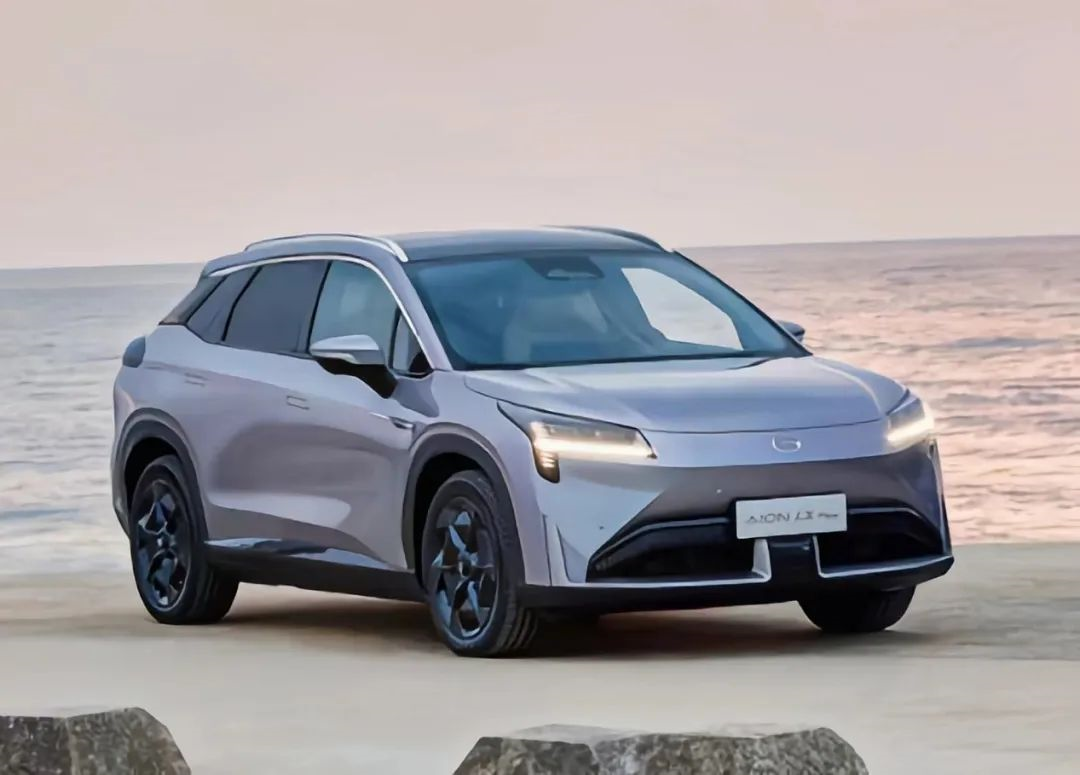Author: Qian Jialing
After the recent launch of the new pure electric platform AEP3.0, Aiways has launched a brand new generation of electronic and electrical architecture – the Xingling architecture, and has openly challenged Tesla.
AEP3.0 Pure Electric Platform Creates Chassis and Control Experience
Based on the previous generation AEP2.0, AEP3.0’s pure electric platform introduces supercar-level electric drive technology, which will be applied to Aiways’ upcoming Hyper series models.
Similar to the previous generation Aiways pure electric platform and many mainstream new energy vehicle pure electric platforms, the platform mainly builds a pure electric platform with the core layout of “battery + electric drive” to solve issues such as battery layout, wheelbase changes, and cruising range. The new generation of platforms focus on creating “track-level” driving pleasure, which means Aiways’ AEP3.0 is indeed one step ahead of other pure electric platforms.
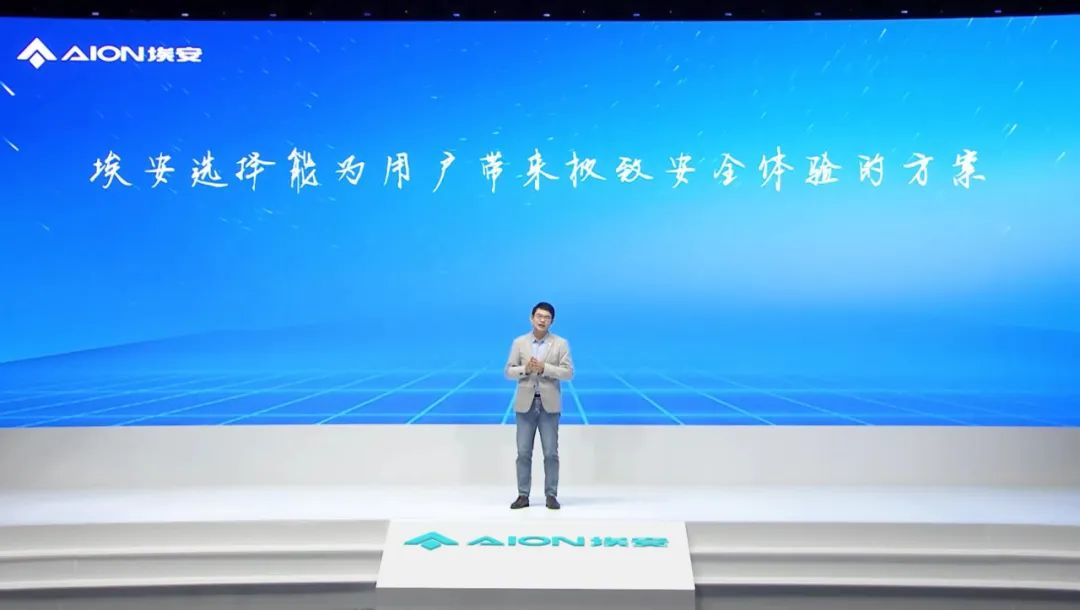
AEP3.0 introduces a low center of gravity and lightweight body structure used in supercars. It uses a rear-wheel-drive layout that can achieve a higher handling limit and also supports expanding to four-wheel drive. The official claimed that the top speed can reach 300km/h, and the four-motor version can accelerate from zero to one hundred kilometers per hour in 1.9 seconds. Currently, the four-wheel-drive version of Tesla’s Model 3 also takes 3.3s to accelerate from zero to one hundred kilometers per hour, so Aiways has the confidence to challenge Tesla.
In short, from layout to chassis control, AEP3.0’s pure electric platform can determine the final level of the vehicle hardware that users call upon. However, now that “software-defined cars” are on the scene, it has become a slogan for all car companies to sprint on the new energy track. This may also be the reason why Aiways closely follows and releases the Xingling architecture.
What Are the Upgrades of the New Generation Xingling Architecture?If the pure electric platform is compared to the skeleton of a person, hardware is the flesh on the body, and bones naturally drive the flesh. How to mobilize the coordination of bones and flesh to take action? It must be the drive of the nervous system and the circulation of blood throughout the body, so the importance of the Star Architecture is also obvious.
Of course, only reasonable hardware calls can determine the level of software at the upper level, and this also needs to be done step by step. Only when the first level of the pure electric platform is done well can the superior performance of the electronic and electrical architecture be highlighted. For example, the current development of intelligent new energy vehicles is gradually transitioning from physical keys to touch screen keys. To do a good job with touch buttons, it is necessary to lay a foundation of logical usage based on physical keys.
The new generation of Star Architecture in intelligent driving adopts infrared sensing technology for intelligent driving and the second-generation variable focus laser radar, adopting multi-fusion intelligent driving solutions, which is also the opposite of Tesla’s pure vision solution.
Let’s take a look at the Fengyun No.3 infrared remote sensing technology. Strictly speaking, it is not groundbreaking. It has been widely used in the aerospace and military fields before. This kind of infrared technology can also be seen in cars, and there are related applications in mainstream DMS monitoring solutions.
The difference of this technology from ordinary sensors is that it does not rely on visible light imaging, which avoids the impact of harsh weather on sensor data collection. The efficiency of ordinary sensors in night or tunnel work has already fallen sharply, let alone application in intelligent driving.
To ensure the safety of user intelligent driving, it is really useful to introduce this infrared technology. It relies on the heat radiation intensity of the object itself and reflection to capture imaging. Any living organism can emit heat, so it can present clearer images. At the same time, because it only receives medium and long wave, it is not affected by light, weather, and high beam oncoming vehicles. It’s really great that it can still image clearly when meeting with high beam from the oncoming vehicle when in use in the dark!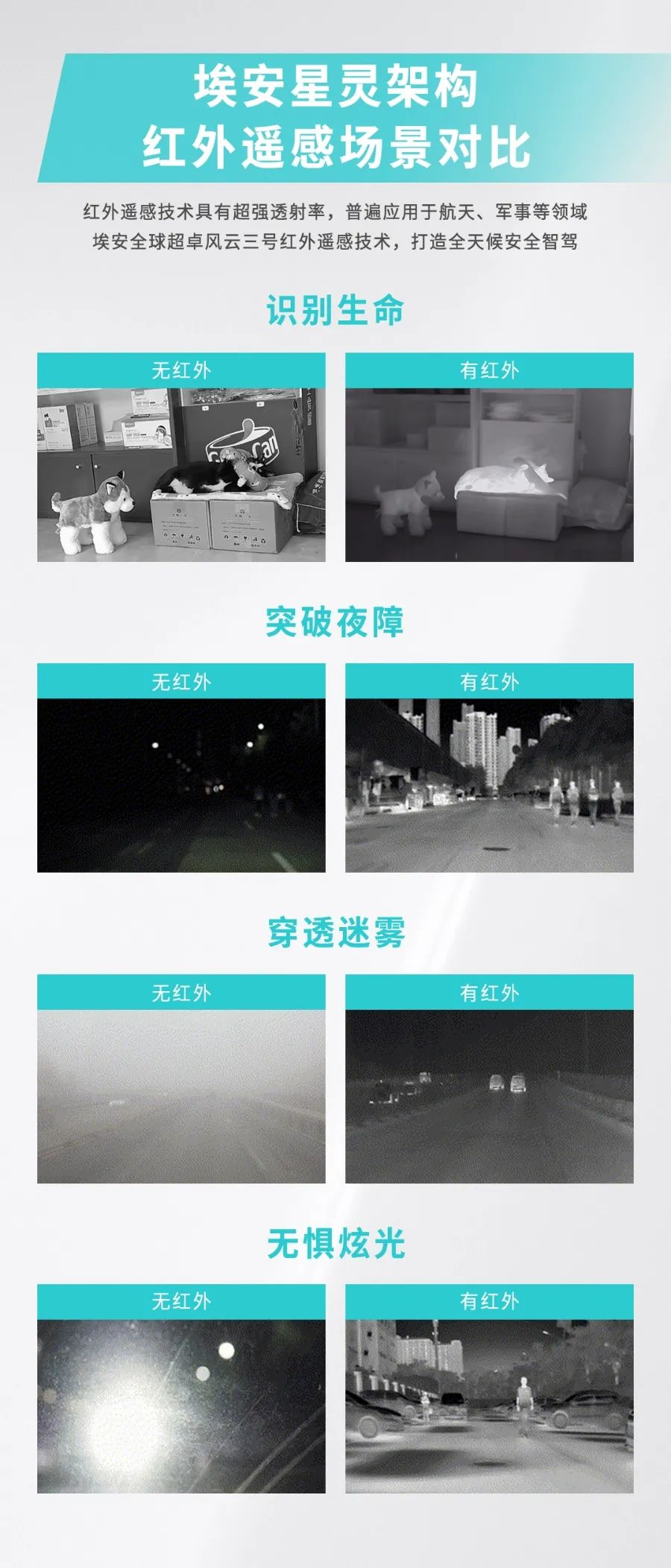
However, infrared technology certainly has its drawbacks. Since it does not rely on visible light, the image seen by the human eye is gray and lacks color. Details are also not very clear, making visible light imaging advantageous in this aspect. Furthermore, since it is a grayscale image, the contrast and resolution are relatively low, which increases the time required for the human eye to discern target objects.
As for the second generation intelligent variable focus lidar, it is quite interesting that the first generation has not yet entered mass production while the second generation has already been installed in three AION LX PLUS models and has entered mass production. Compared to pure vision, lidar’s ability to accurately restore three-dimensional information allows vehicles to better respond to unforeseen situations.
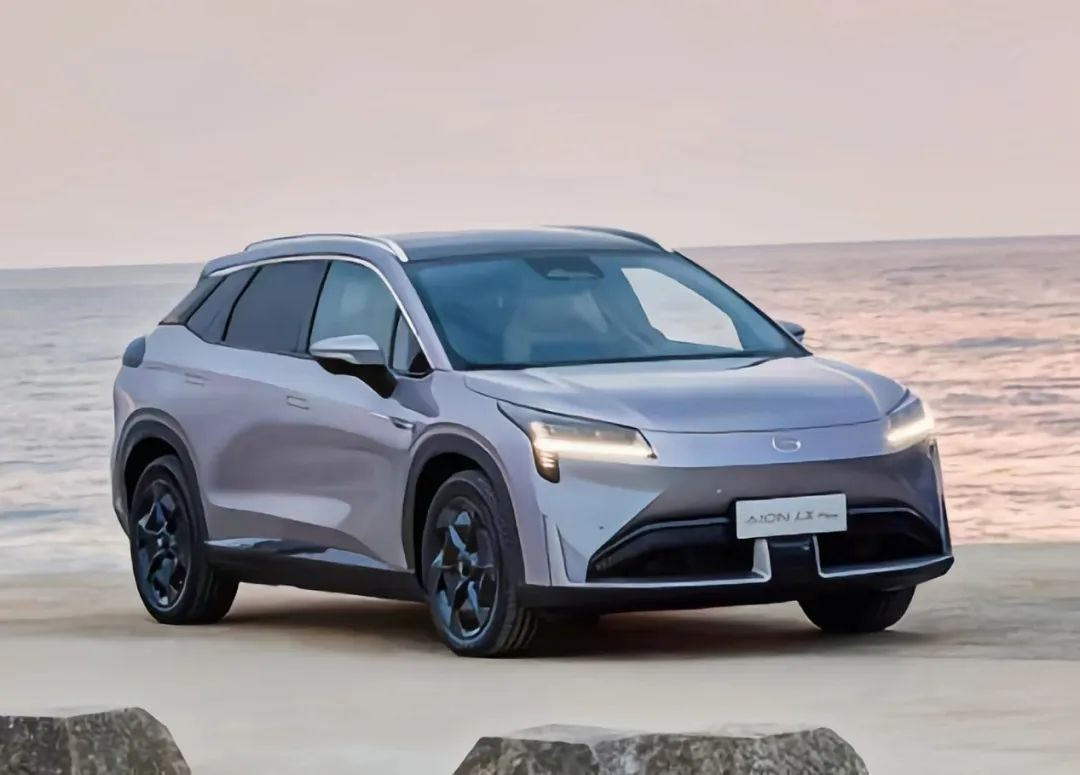
As we all know, lidar uses laser beams to scan and collect point cloud information to restore the characteristics of target objects. The higher the point density, the more accurate the restoration of information.
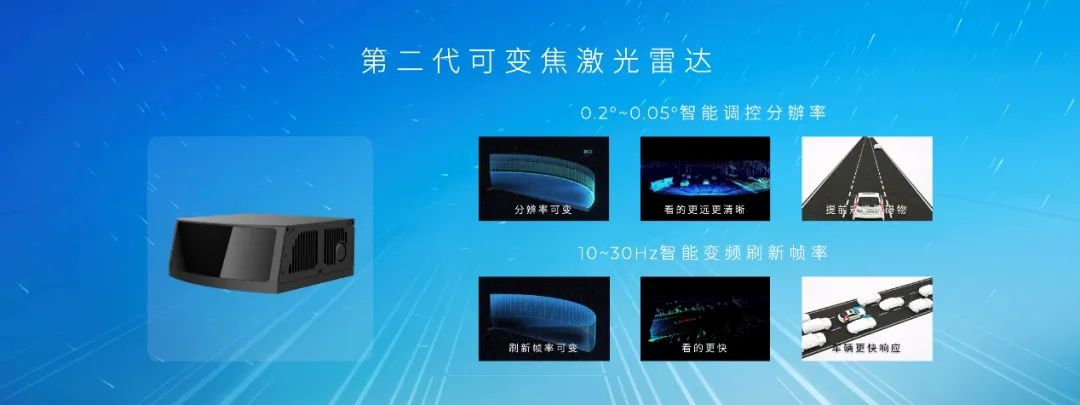
In the far field “stare” mode, this lidar can collect four times more point cloud information than ordinary lidars; in the near field “stare” mode, it can increase the frequency of obstacle detection by three times per second. Both near and far field modes make the second-generation intelligent variable focus lidar’s restoration effect undoubtedly superior.
What is the final development direction for the electrical and electronic architecture?New energy vehicles today are all about what? In addition to appearance and interior space, it’s all about intelligence and who has more functions.
You should know that in the Star Architecture, the neurons of the “nervous system” are ECUs. If a single ECU is used to control a function, a wire must be connected between the ECU and the control part. The more functions there are, the more wires need to be arranged, and the power control switch wires cannot be too thin. In addition to the weight of the many wires, they also take up a large proportion of space and are prone to short-circuiting and causing danger.
Therefore, it is necessary to classify and organize the parts, put together related functions and use domain controllers for unified command and control. For example, the electric seat adjustment, ventilation and heating functions can be classified together, and the layout should be as reasonable as possible.
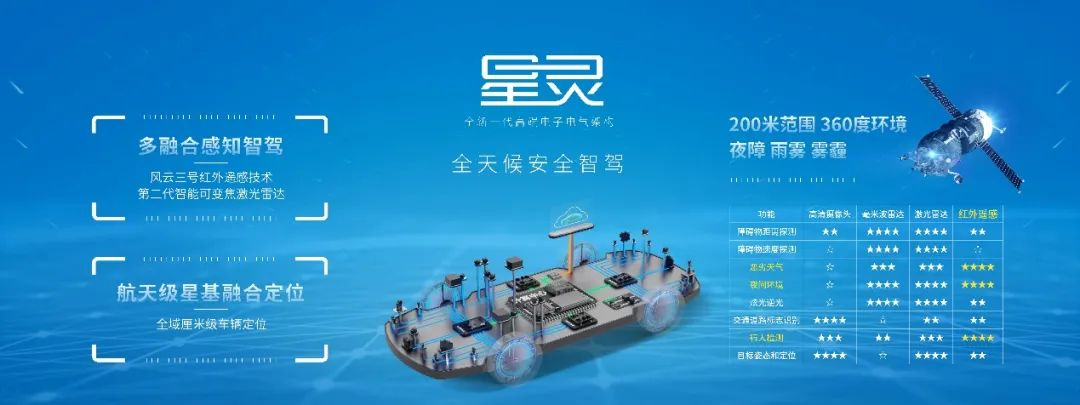
Therefore, both the Star Architecture and many pure electric architectures use a “domain integration” approach, that is, use three central brains (domain controllers) to control the many functions of the chassis, body and entertainment separately. The well-known German brand Volkswagen’s MEB and Japanese brand Toyota’s e-TNGA are also like this.
Doing so makes data management faster and more concise, and is more conducive to ensuring intelligent driving safety. However, unlike the Star Architecture, MEB and e-TNGA are both improved from gasoline vehicle platforms and are only intermediate products transitioning to new energy.
Although they are on a par with domestic and foreign battery industry giants, Volkswagen has already taken the lead in launching the ID series for sale and delivery in the domestic market. Coupled with capacity issues, Volkswagen can still compete with EA. But nowadays, the speed of EA is still very fast, and Volkswagen needs to accelerate its pace of research and development.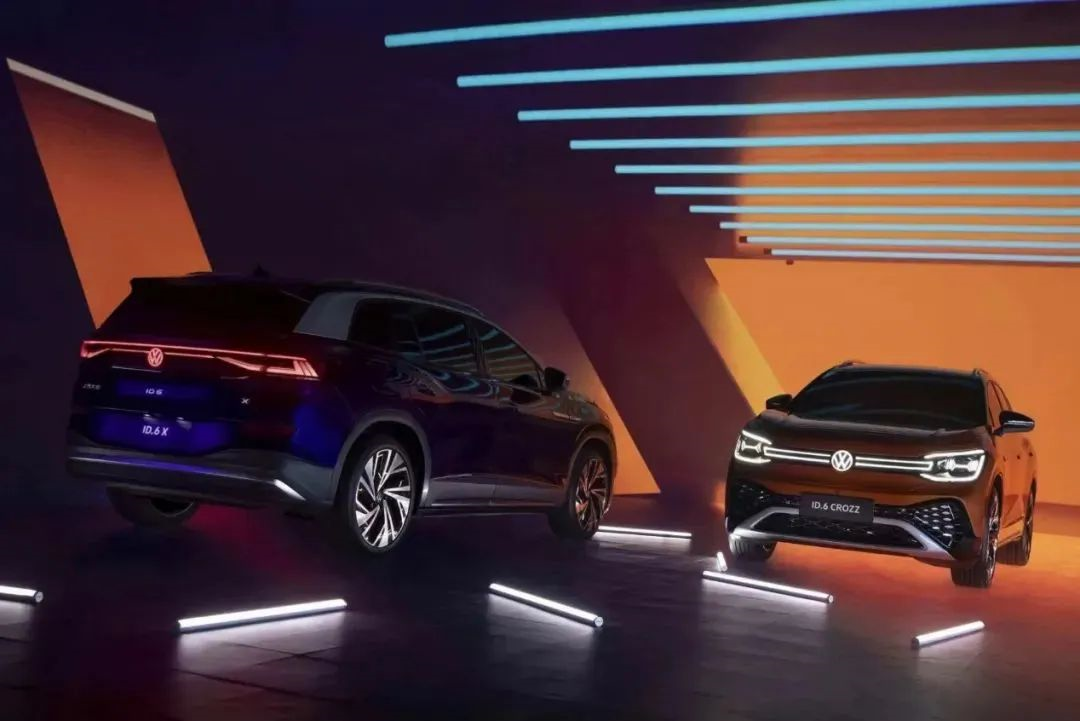
The new generation of Star architecture can support a maximum of 2000TOPS of computing power. The number of controllers has been reduced by 20, and the harness loop has been shortened by 40%. While progress is good, the ultimate direction of pure electric architecture is “simplicity is the ultimate sophistication.” Only one “Vehicle Central Computer” with a single brain will become the ultimate development of pure electric architecture. Tesla has already expressed its intention to adopt this form, but it has not yet been implemented. It is expected that Aiways will continue to move in this direction. Aiways’ rapid progress in the new energy track is very exciting, and people are very much looking forward to the upcoming hyper series models.
This article is a translation by ChatGPT of a Chinese report from 42HOW. If you have any questions about it, please email bd@42how.com.
